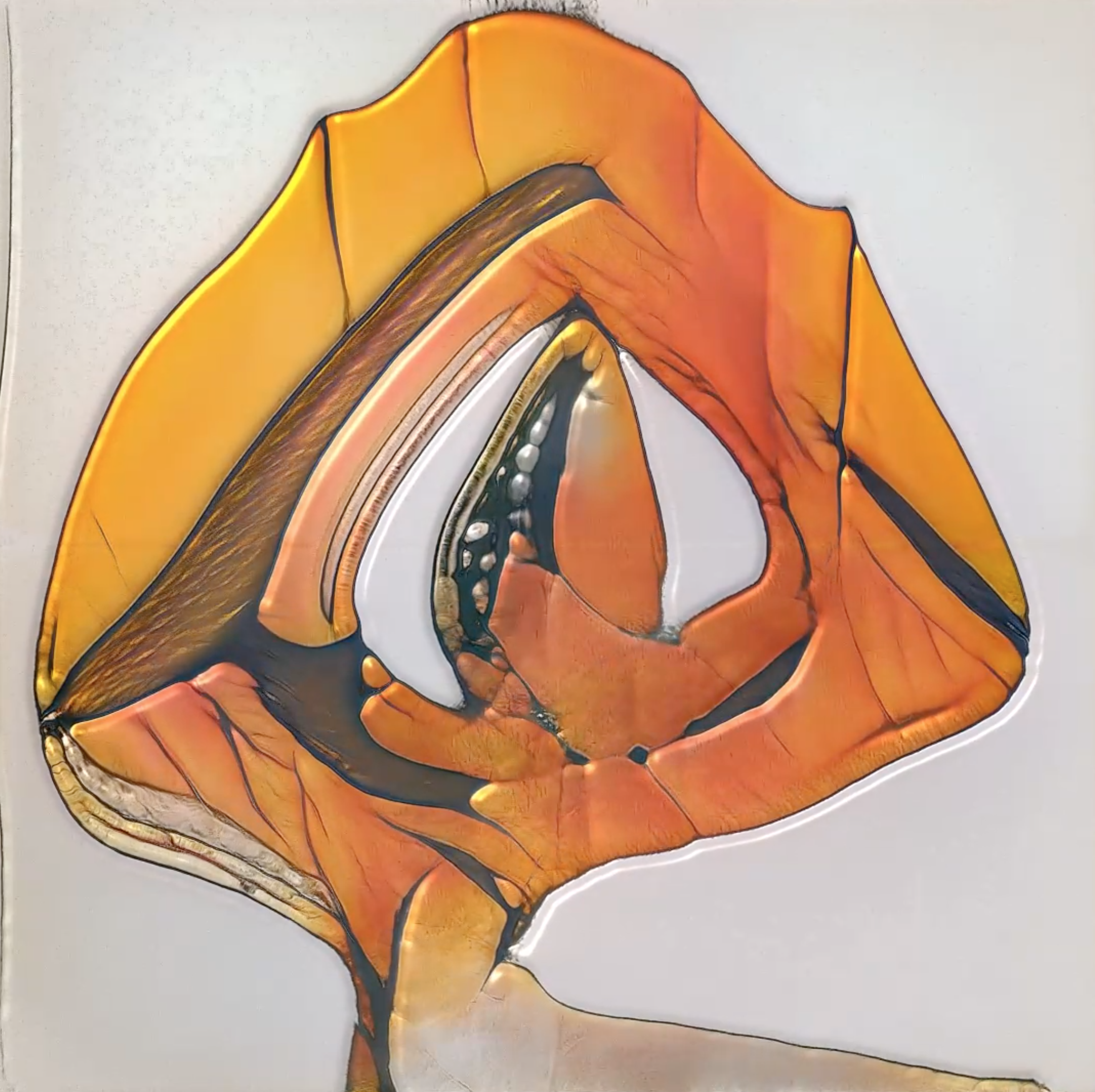Machine learning is a subset of artificial intelligence that concerns the implementation of algorithms and statistical models to allow computer systems to perform tasks effectively without explicit instructions, relying instead on patterns and inference.
Machine learning algorithms construct a mathematical model based on massive real-world datasets to make decisions and predictions. Such algorithms are used in a variety of applications such as Internet search engines, email filtering, targeted advertising, and metaverse. Indeed, the basis of the methods, theory, and applications of machine learning is computational statistics and mathematical optimization rather than analysis of the meaning of the inputs.
AI has been an inspiration to the world of architecture as well. By employing a machine and assigning inputs, we can achieve quick results that may otherwise take a huge amount of manpower. Sometimes the outcome is exactly as desired and sometimes it is even more advanced than the expected. As a result, architecture and its related disciplines, have been advancing and evolving in different directions by embodying machine learning and deep learning into their practice.
In GAD, we have used machine learning in our research to understand and deconstruct GAD buildings. We combined a great data set of images of the buildings that we have built and designed to analyze what the artificial neural networks determine as GAD style. The video linked to the QR code shows a random walking vector within the latent space of GAD buildings.
The subject itself is a new field of experience, so what we say, our way of saying might be inadequate. The reader might get more information on the topic by using the QR codes, our web site, playing the videos, looking at the photographs and drawings.

